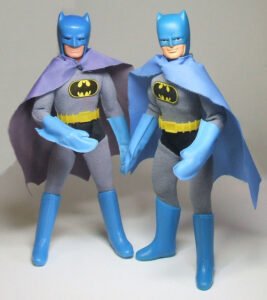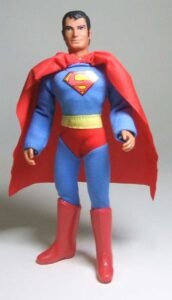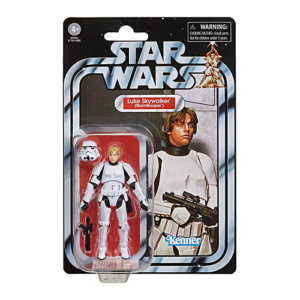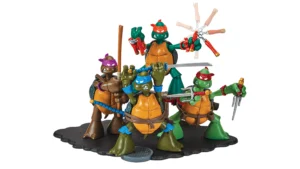The world of action figures is not merely a collection of toys but a rich tapestry woven with nostalgia, innovation, and cultural impact. Join us on a journey through time as we explore the fascinating history of action figures, from their humble beginnings to becoming iconic symbols of play and imagination.
The Dawn of Action Figures:
1940s – 1950s: Toy Soldiers and Cowboy Figures
The roots of action figures can be traced back to the mid-20th century when companies like Marx and Hasbro introduced the concept of articulated toy soldiers and cowboy figures. These early figures served as the foundation for what would later become a diverse and dynamic market.
The Birth of the Modern Action Figure:
1960s: G.I. Joe – America’s Movable Fighting Man
In 1964, Hasbro revolutionized the toy industry with the introduction of G.I. Joe, the first-ever action figure. Standing at 12 inches tall and featuring articulation at the shoulders, hips, and knees, G.I. Joe represented a departure from traditional fixed-pose figures. The term “action figure” was coined to distinguish these poseable toys from dolls.
The Rise of Superheroes:
1970s: Mego Corporation and Superheroes
The 1970s saw the emergence of Mego Corporation, a pioneer in producing action figures based on popular superheroes. Characters like Batman, Superman, and Spider-Man became three-dimensional playthings, capturing the imaginations of children and paving the way for a new era of licensed action figures.
The Force Awakens:
Late 1970s – Early 1980s: Star Wars and the Action Figure Boom
The release of Star Wars in 1977 was a game-changer for the action figure industry. Kenner’s Star Wars action figures, standing at 3.75 inches tall, became a cultural phenomenon. The success of Star Wars action figures opened the floodgates for similar-sized figures based on various franchises.
The Teenage Mutant Ninja Turtles Era:
1980s – 1990s: Playmates and Heroes in a Half Shell
In the late 1980s, the Teenage Mutant Ninja Turtles burst onto the scene, becoming a pop culture sensation. Playmates’ action figures based on the turtles and their supporting characters not only dominated toy stores but also spawned an animated series and a tidal wave of merchandise.
The Action Figure Renaissance:
Late 1990s – Early 2000s: McFarlane Toys and Collectible Figures
Todd McFarlane, known for his work in the comic book industry, founded McFarlane Toys and introduced a new era of highly detailed, collectible action figures. Spawned from licenses in comics, movies, and video games, these figures catered to adult collectors and elevated action figures to the realm of art.
Nostalgia Resurgence:
2010s – Present: Retro Revival and Franchise Dominance
In recent years, the action figure market has experienced a resurgence of nostalgia. Companies like Hasbro have capitalized on collectors’ fond memories, reissuing classic figures and introducing modern iterations of beloved characters. The dominance of superhero franchises in film and television continues to fuel the demand for action figures.
From the battlefield to the stars, action figures have evolved alongside the changing landscape of play and entertainment. What began as movable fighting men in the 1960s has blossomed into a diverse array of figures representing characters from every corner of pop culture. As we continue into the future, one thing remains certain: action figures will persist as timeless artifacts of joy, imagination, and the stories that shape our lives.











0 Comments